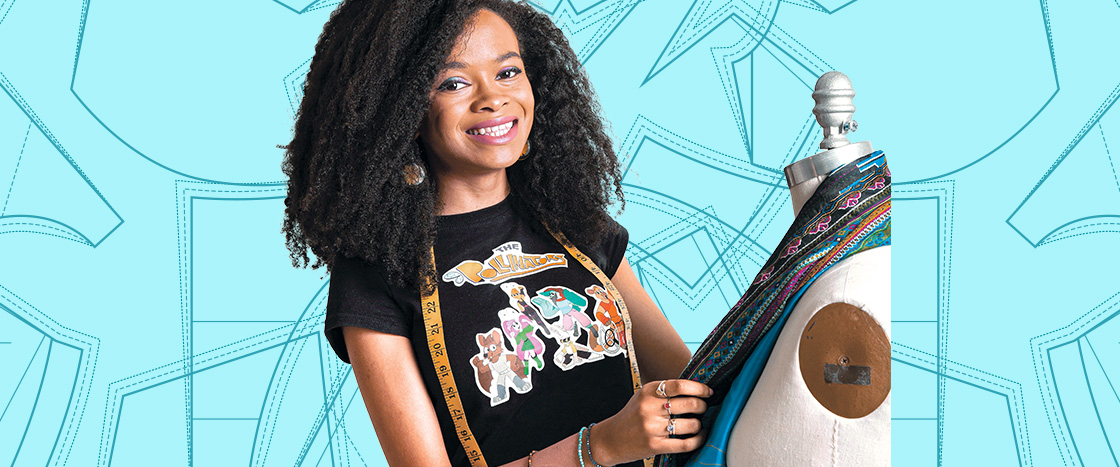Maya Penn has always loved to create. As a young girl, she learned from her mother how to sew. “When I was 8, I started taking old clothes and fabric and turning them into new designs,” she says. “People wanted to know where to buy them, and I got the idea to make my own business.”
Two years later, Penn launched her own online store to sell her fashion brand. She named it Maya’s Ideas. Her business uses unwanted clothes and other recycled materials. And the company donates 10 percent of its profits to environmental and social causes.
That’s important because making clothing has many harmful effects on the environment (see Clothing Waste by the Numbers). It uses enormous amounts of resources and causes a lot of pollution. Penn, who’s now 23 and lives in Atlanta, Georgia, hopes her company sets an example for the rest of the fashion industry.
Maya Penn has always loved to create. She learned to sew as a young girl. Her mother taught her. “When I was 8, I started taking old clothes and fabric and turning them into new designs,” she says. “People wanted to know where to buy them. And I got the idea to make my own business.”
Penn made her own online store two years later. She sells her fashion brand. It’s named Maya’s Ideas. Her business uses unwanted clothes. It also uses recycled materials. And the company gives away some of its profits. Ten percent goes to environmental and social causes.
That’s important. The usual way of making clothing harms the environment (see Clothing Waste by the Numbers). It uses large amounts of resources. It also causes a lot of pollution. Penn is now 23. She lives in Atlanta, Georgia. She hopes her company sets an example. Then the rest of the fashion industry might follow it.


